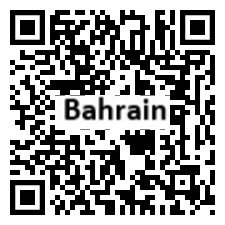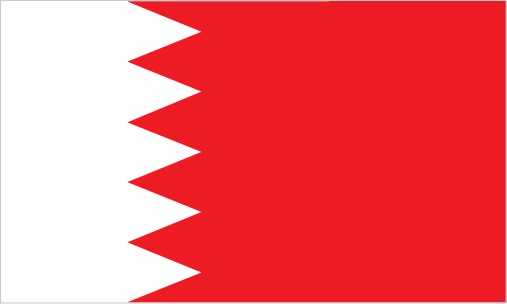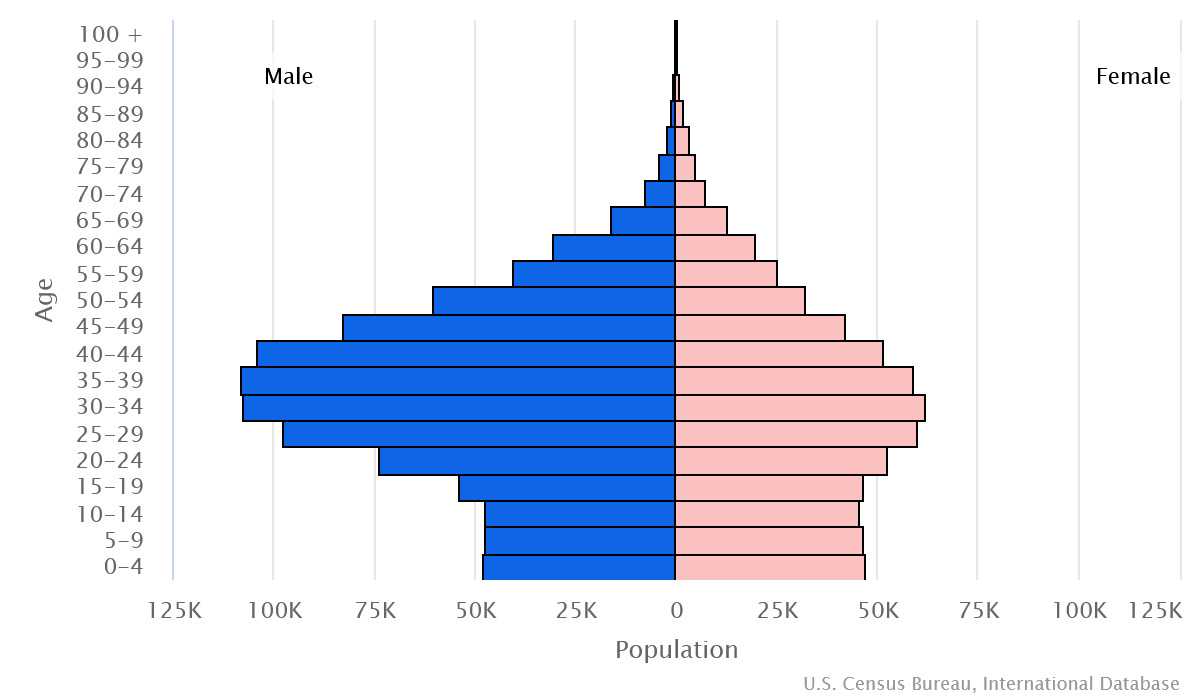Introduction
Background
In 1783, the Sunni Al-Khalifa family took power in Bahrain. In order to secure these holdings, it entered into a series of treaties with the UK during the 19th century that made Bahrain a British protectorate. The archipelago attained its independence in 1971.
Geography
Area
total : 760 sq km
land: 760 sq km
water: 0 sq km
Climate
arid; mild, pleasant winters; very hot, humid summers
Natural resources
oil, associated and nonassociated natural gas, fish, pearls
People and Society
Population
total: 1,566,888
Ethnic groups
Bahraini 47.4%, Asian 43.4%, other Arab 4.9%, African 1.4%, North American 1.1%, Gulf Co-operative countries 0.9%, European 0.8%, other 0.1% (2020 est.)
Languages
Arabic (official), English, Farsi, Urdu
Religions
Muslim 74.2%, other (includes Christian, Jewish, Hindu, Baha'i) 25.8% (2020 est.)
Population growth rate
0.82% (2024 est.)
Government
Government type
constitutional monarchy
Capital
name: Manama
Executive branch
chief of state: King HAMAD bin Isa Al-Khalifa (since 6 March 1999)
head of government: Prime Minister Crown Prince SALMAN bin Hamad Al-Khalifa (since 11 November 2020)
Legislative branch
description: bicameral National Assembly consists of:
Consultative Council or Majlis al-Shura (40 seats; members appointed by the king)
Council of Representatives or Majlis al-Nuwab (40 seats; members directly elected in single-seat constituencies by absolute majority vote in 2 rounds if needed; members serve 4-year renewable terms)
Economy
Economic overview
growing, economically diverse Middle Eastern island economy; major recovery and balancing efforts to fulfill Economic Vision 2030; regional finance hub; increasing openness; high youth unemployment; water scarcity amid reservoir depletion
Real GDP (purchasing power parity)
$85.491 billion (2023 est.)
$83.421 billion (2022 est.)
$79.531 billion (2021 est.)
Real GDP per capita
$57,600 (2023 est.)
$56,700 (2022 est.)
$54,400 (2021 est.)
Agricultural products
lamb/mutton, dates, milk, chicken, tomatoes, fruits, sheep offal, eggs, sheepskins, cucumbers/gherkins (2022)
Industries
petroleum processing and refining, aluminum smelting, iron pelletization, fertilizers, Islamic and offshore banking, insurance, ship repairing, tourism
Exports
$40.344 billion (2023 est.)
$44.58 billion (2022 est.)
$35.653 billion (2021 est.)
Exports - partners
Saudi Arabia 15%, UAE 10%, US 9%, Japan 5%, India 4% (2022)
Exports - commodities
aluminum, refined petroleum, iron ore, aluminum wire, iron blocks (2022)
Imports
$32.374 billion (2023 est.)
$33.066 billion (2022 est.)
$27.996 billion (2021 est.)
Imports - partners
China 15%, UAE 12%, Brazil 9%, Australia 8%, India 7% (2022)
Imports - commodities
iron ore, aluminum oxide, cars, gold, ships (2022)
Exchange rates
Bahraini dinars (BHD) per US dollar -
Page last updated: Wednesday, July 24, 2024




